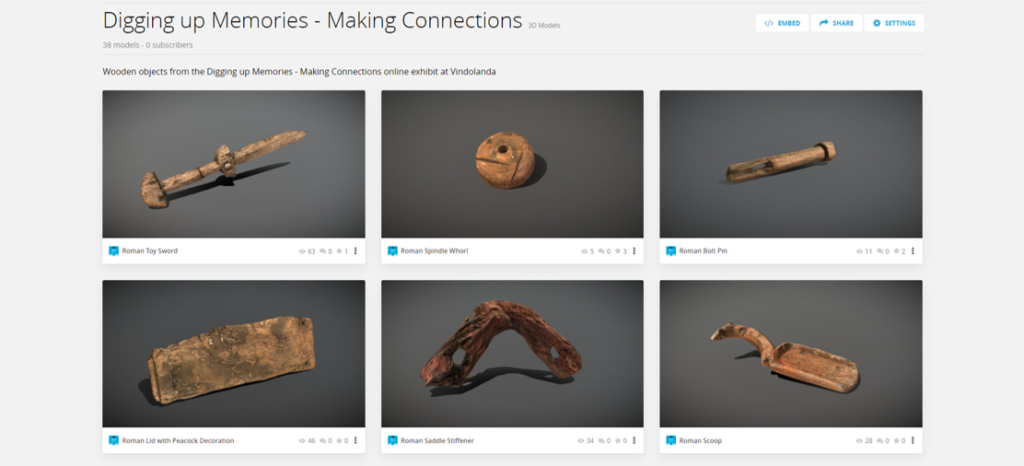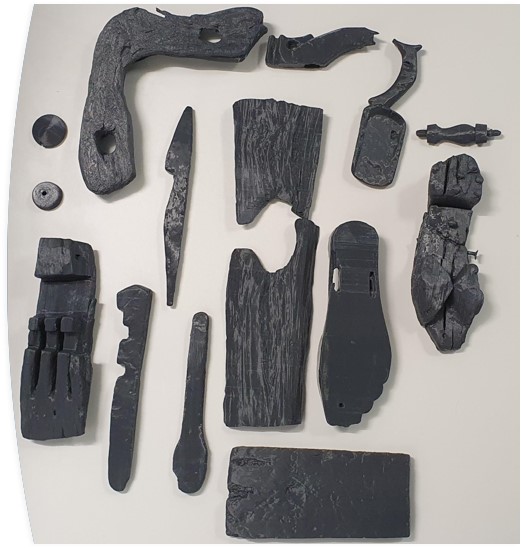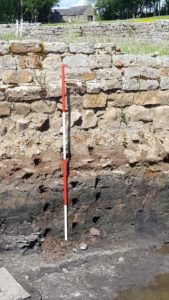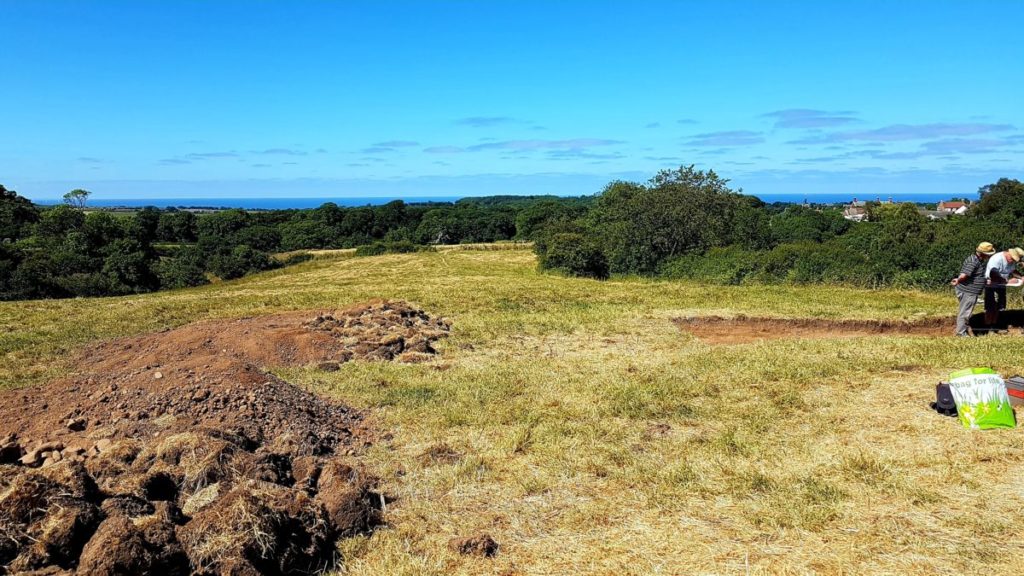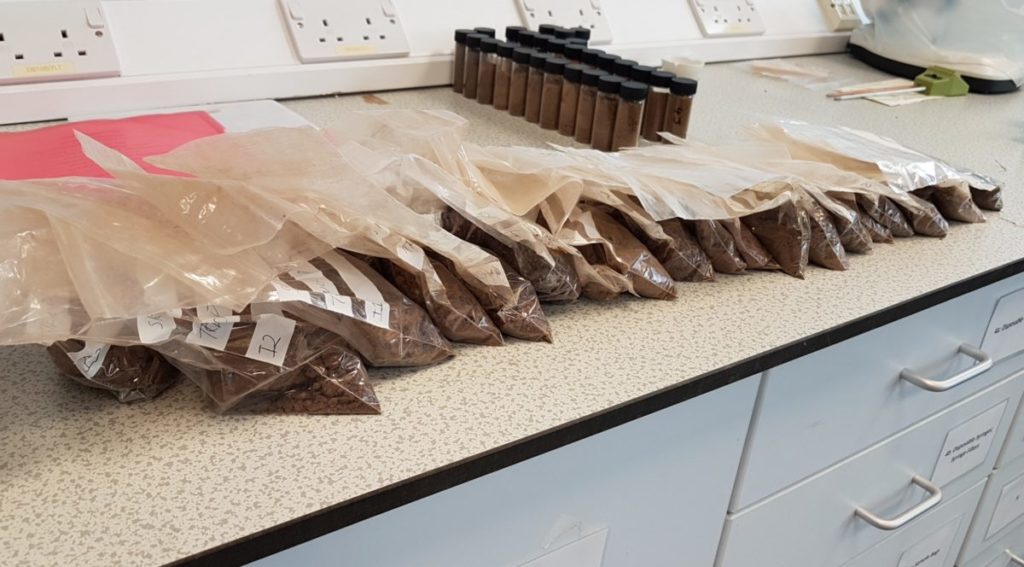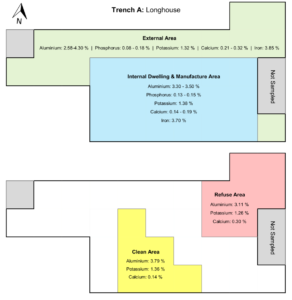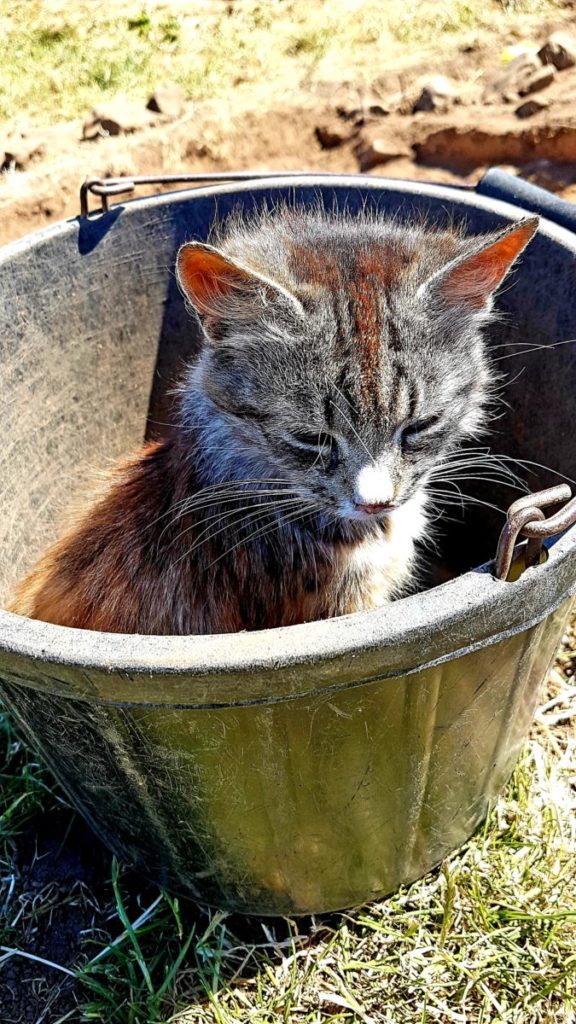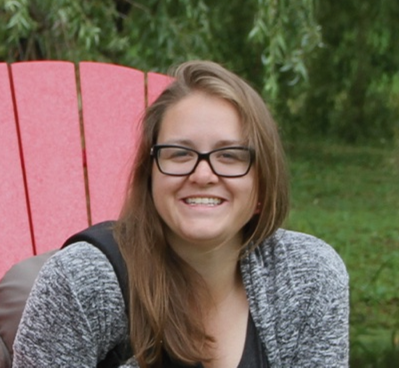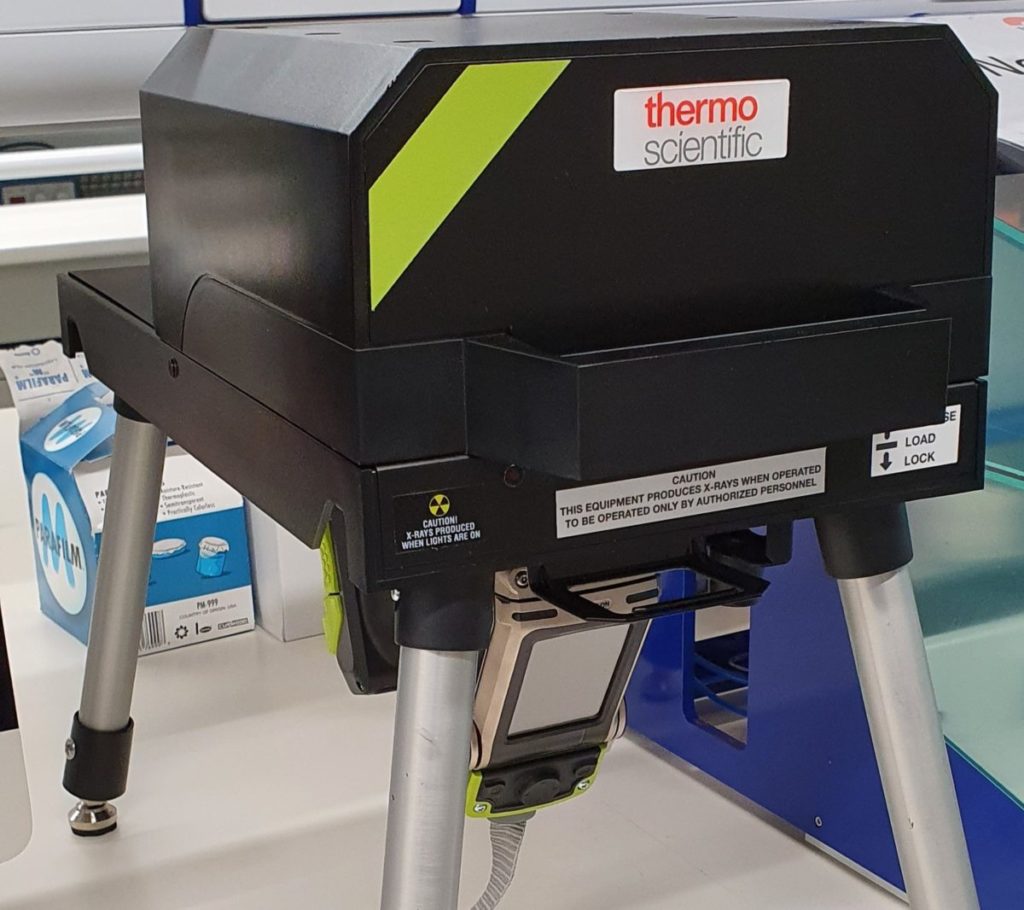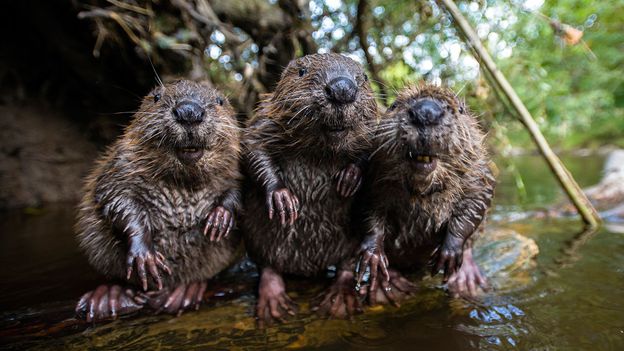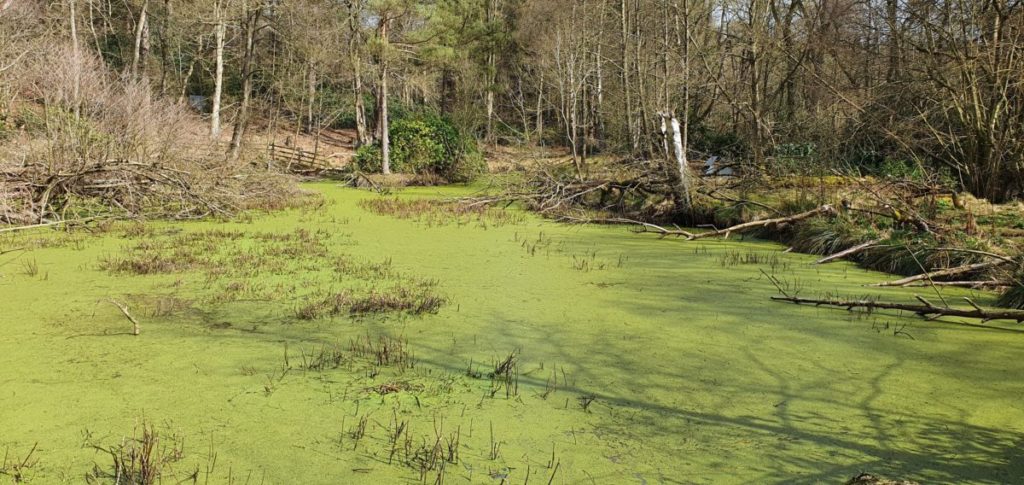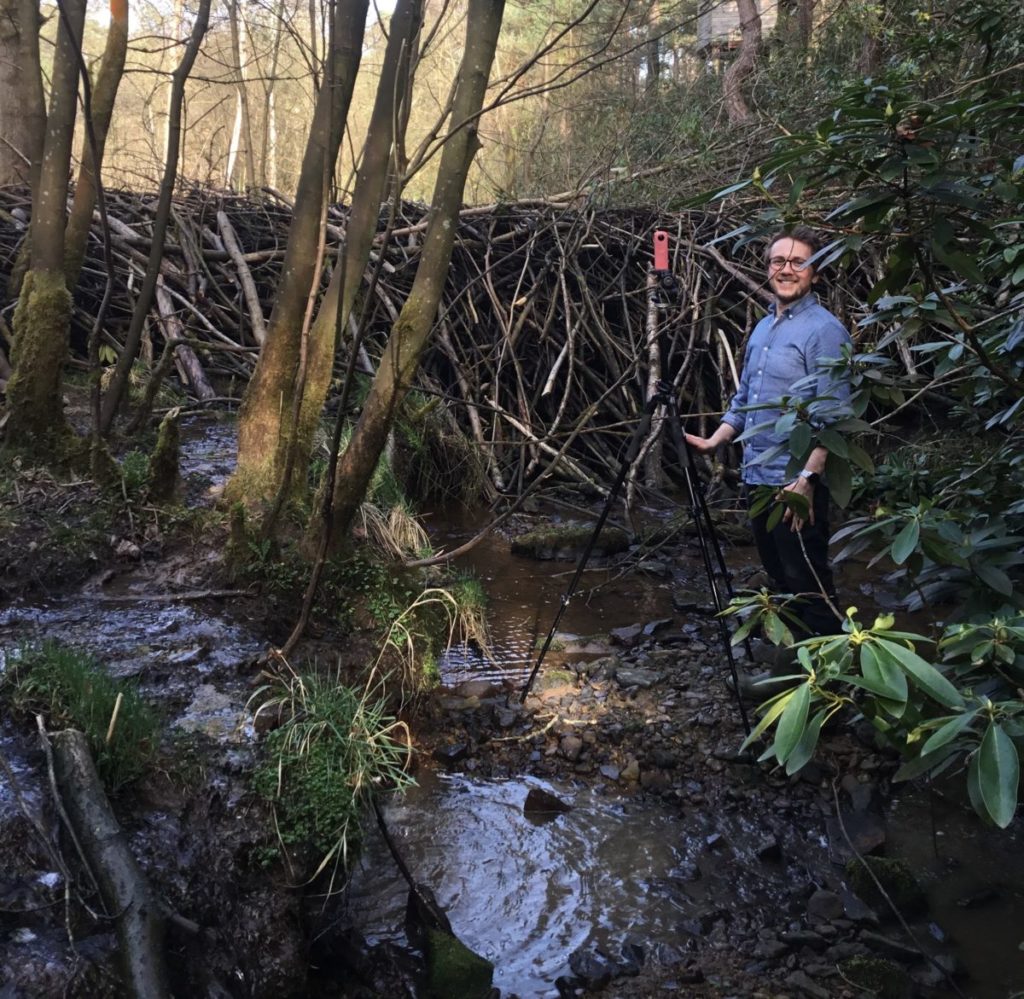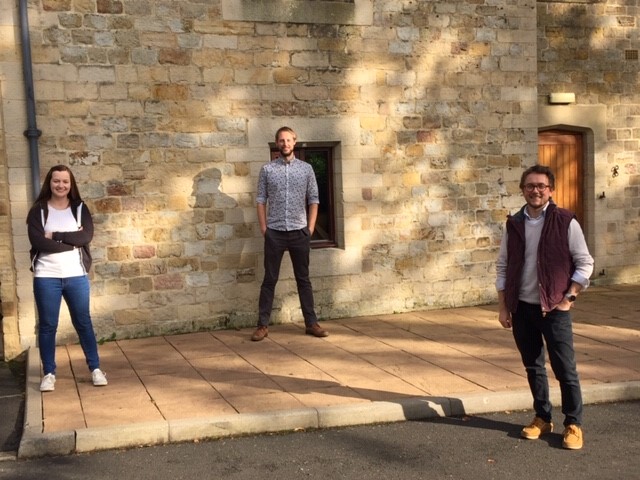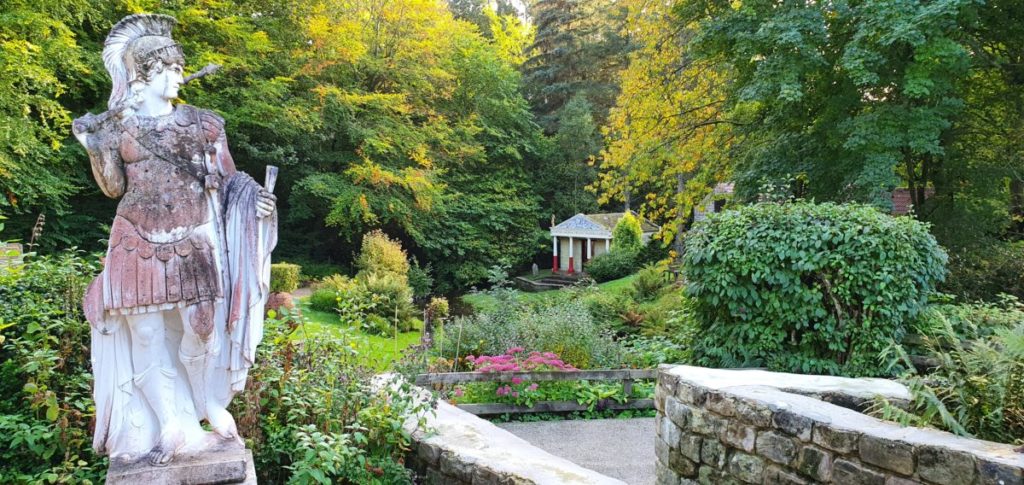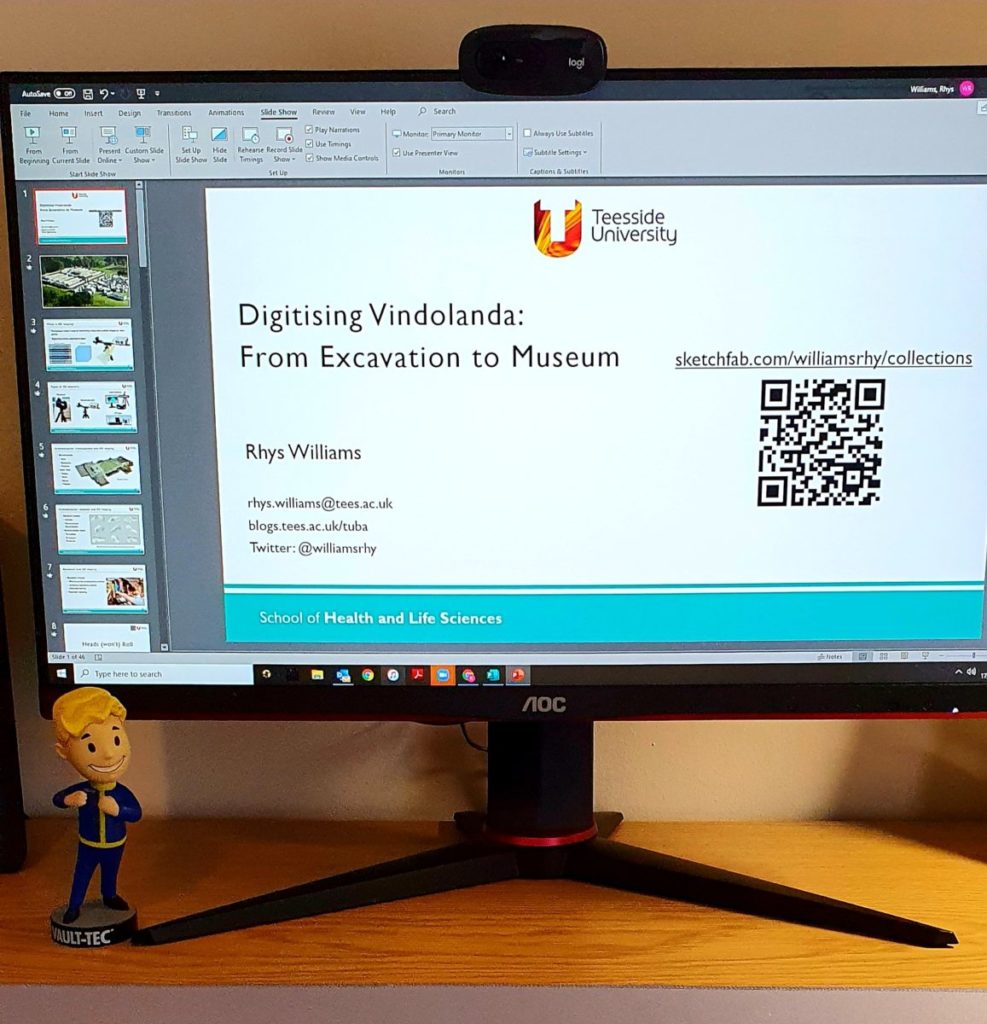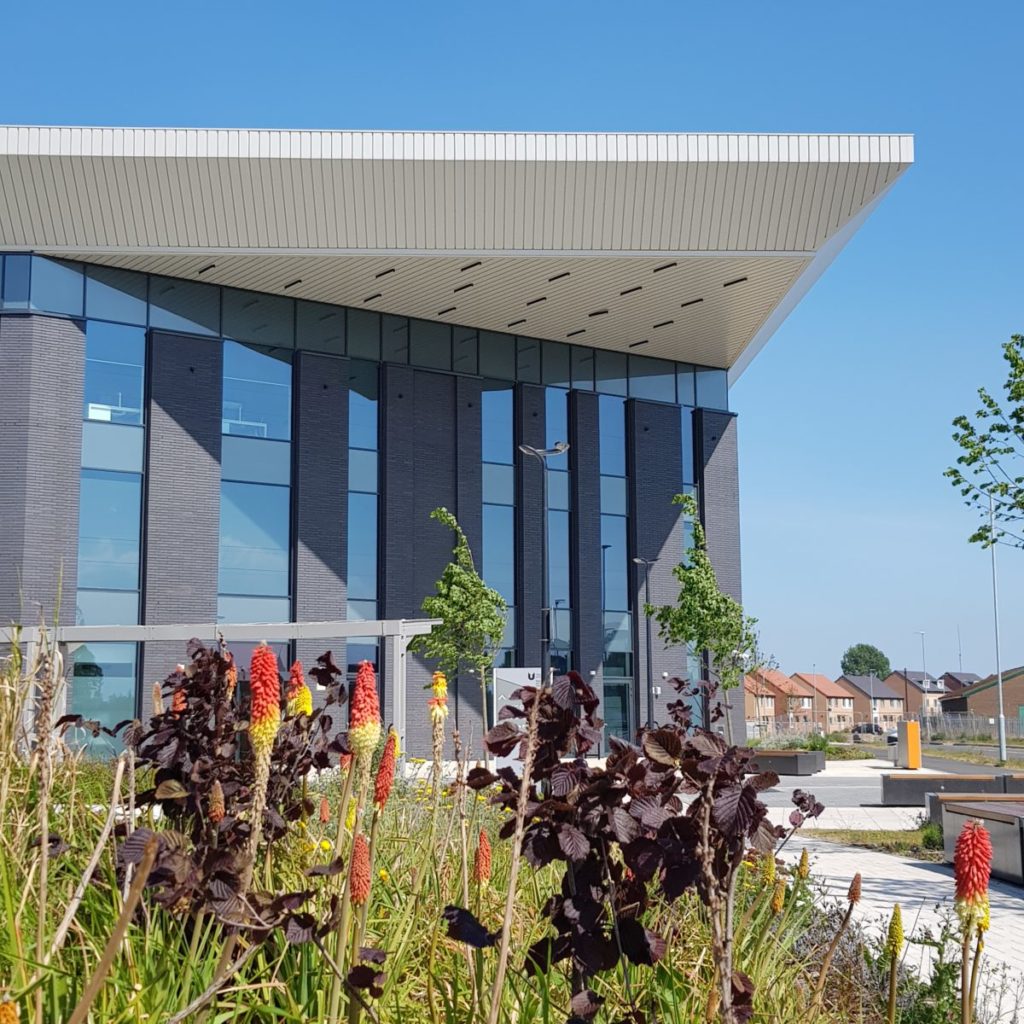This week marks the 1900th Birthday of Hadrian! Born on 24th january 76 AD in Italica, Spain, Hadrian was a Roman conquerer that lead the Romans toward entrenchment and consolidating the empire rather than ongoing expansion. And so, we’ve got a doozy of updates for you in our first post of 2022 – which we reckon will be called 202TUBA!
Revealing Magna
This week, Vindolanda was featured on BBC Breakfast showing the incredible impact of Climate Change at Fort Magna. The rapid heating and drying of climates over the past few decades have led to a drop in the ground and water levels, resulting in parts of Roman masonry becoming exposed. Vindolanda Trust produced an absolutely fantastic video to discuss this:
We’re absolutely thrilled to be part of the scientific investigation into why these changes are being observed, and the rapid destructive impact being made to the delicate artefacts that have been preserved for thousands of years. We started this work last summer, drilling bore holes in what turned out to be the hottest week of the year – and the hottest summer on record! We have never been so grateful to see a single lone tree in the field offering shade for refuge…
Digging up Memories
We’ve also been part of the Digging up Memories online exhibit (we chatted a little about this here), which saw volunteers at Vindolanda Museum select and discuss their favourite wooden artefacts. Through the online exhibit, you can find interviews, videos, behind-the-scenes information and many of our 3D models showcasing a wonderful narrative of life at Vindolanda.
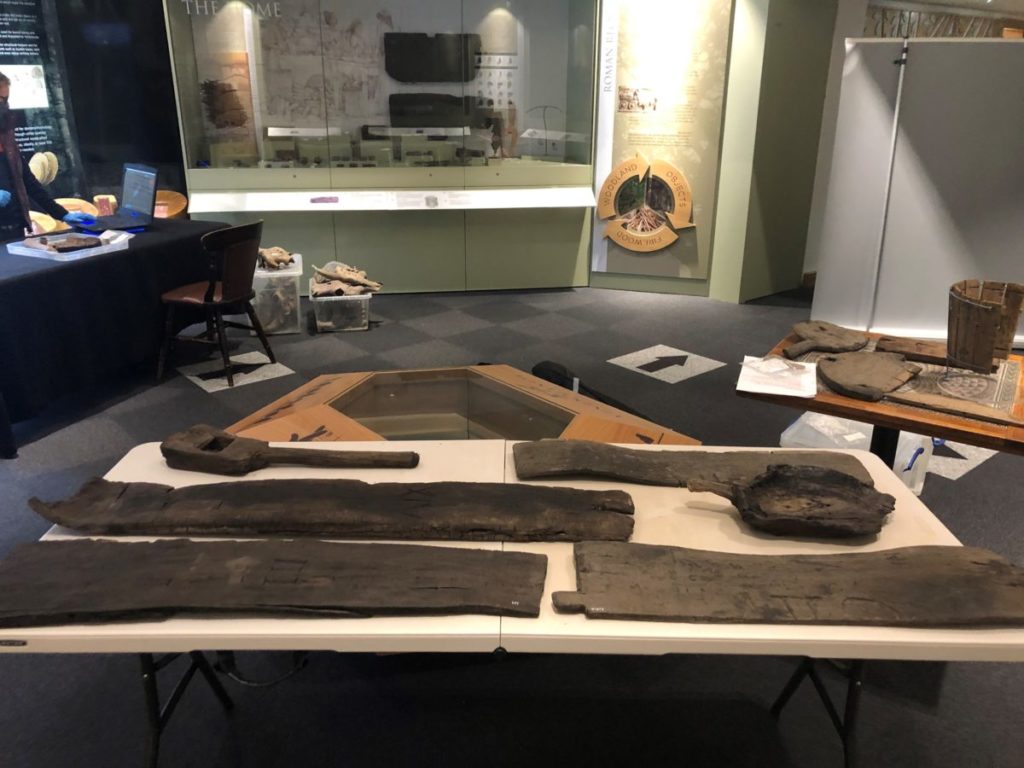
We urge you to check it out and dive through the archives! You can still view them at: www.vindolanda.com/Listing/Category/digging-up-memories
Individual Milestones
As this is our first post of 2022, we thought it would be nice to have a quick look at some of the milestones achieved by the team.
We published the first work we started with Vindolanda in Scientific Reports, writing all about the chemical and microbial factors toward the vivianite formation in one of the ditches at Vindolanda. We’re thrilled to see this come out to such great reception!
Helga submitted her 31 MB thesis (plus supplementary files!) in time for a well-deserved Christmas break with baby Breki.
Rhys was awarded his doctorate in Developing pXRF soil analysis of preservation at Vindolanda, and is now Lecturer in Forensic Science. Congrats Dr Williams!
Gillian was appointed Associate Professor in Research at Teesside University where she’s already powering through the development of analytical techniques towards forensic and archaeological applications.
Becki Scott joined Teesside University and TUBA in September – we’re looking forward to driving forward provenance research with her fantatsic expertise. Look out for some of our blog posts together coming soon!
New year new me, except clearly TUBA has always been dedicated to high quality research and public engagement – we’re allowed to gloat in the conclusion, right? Until next time!
TUBA




